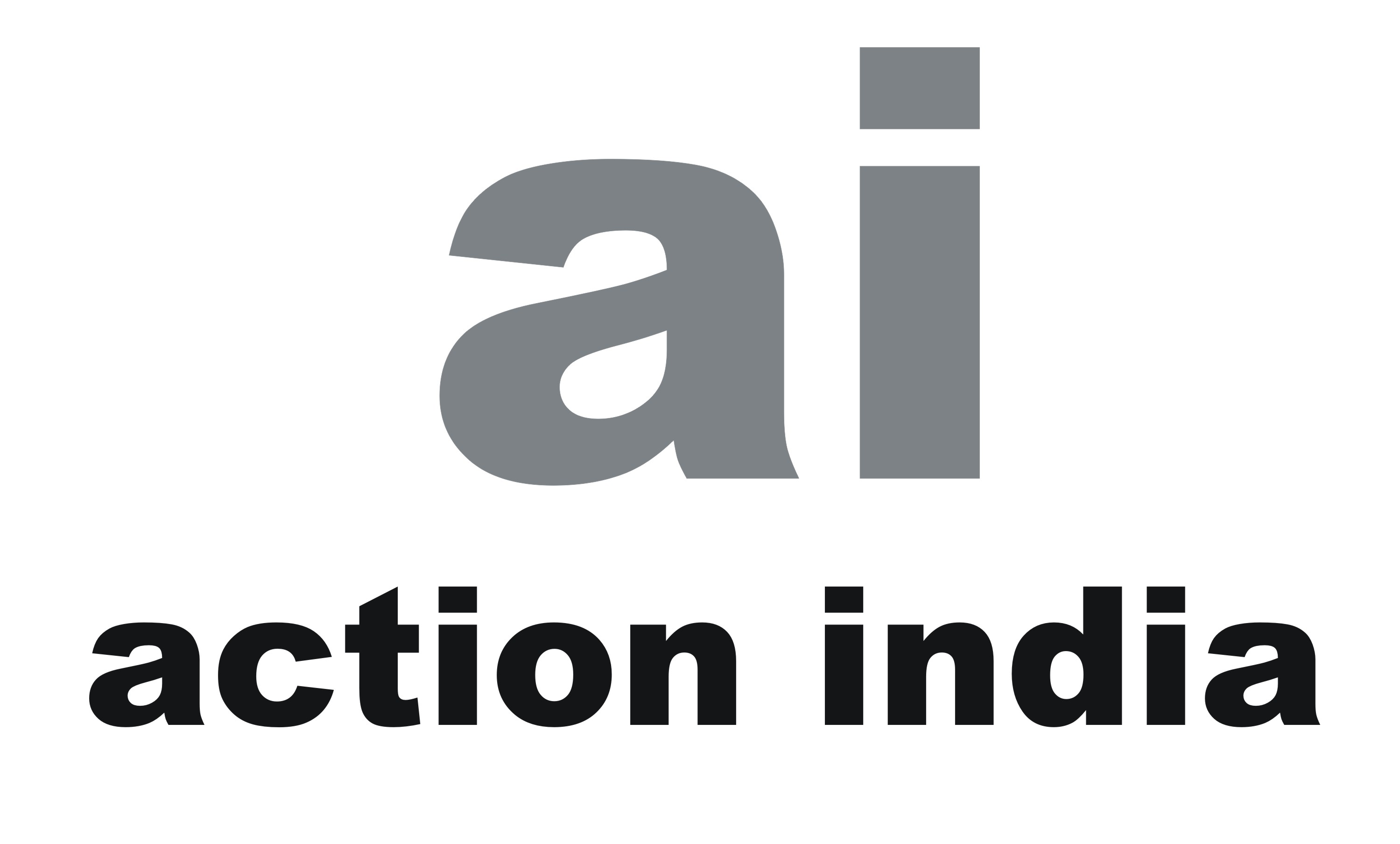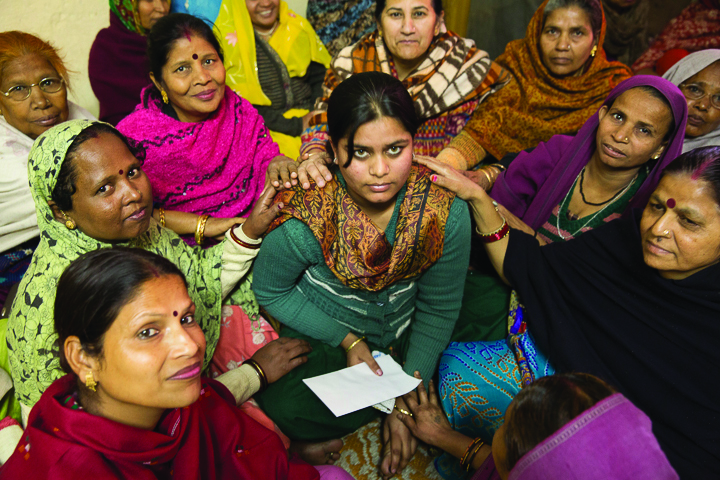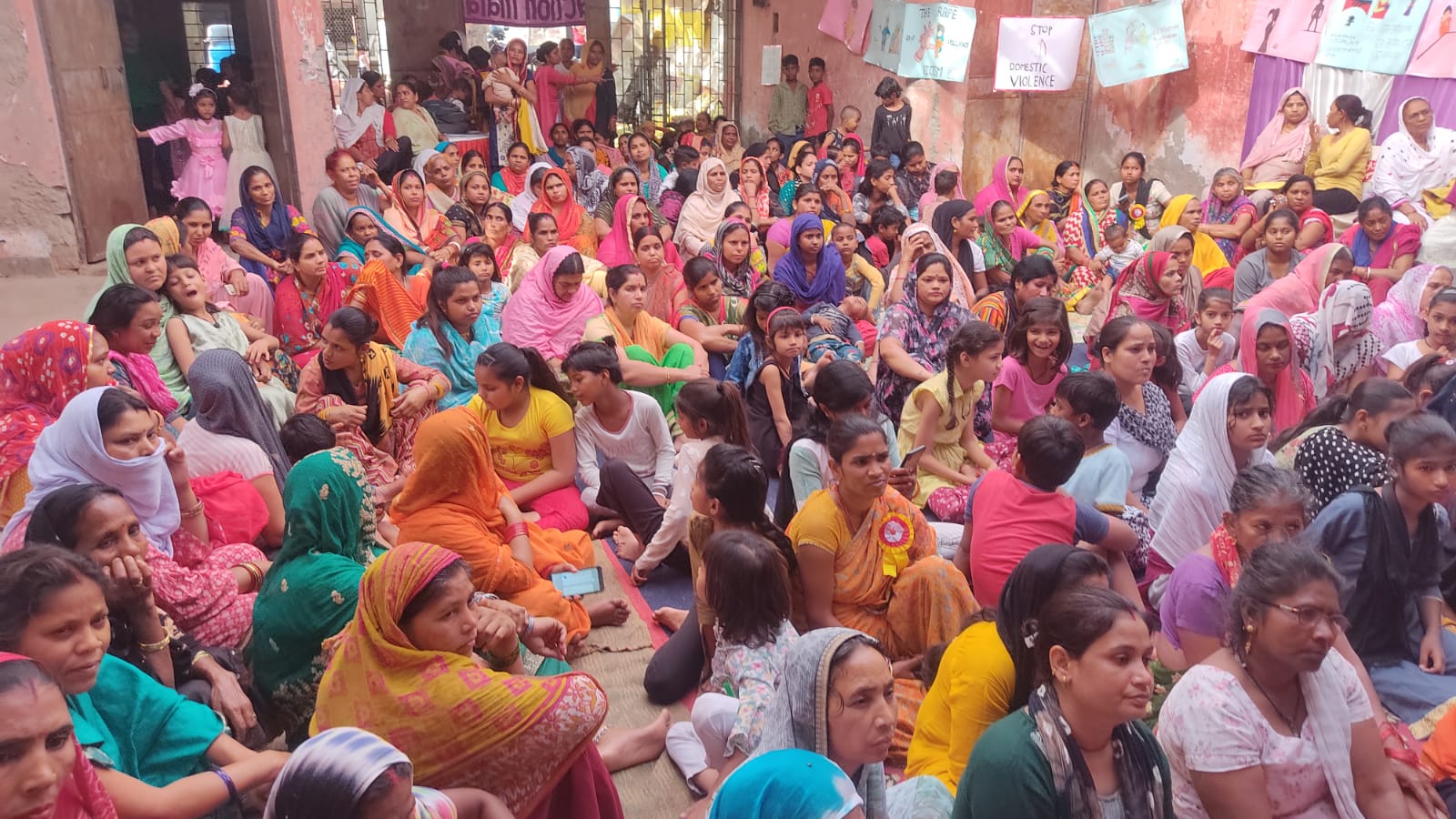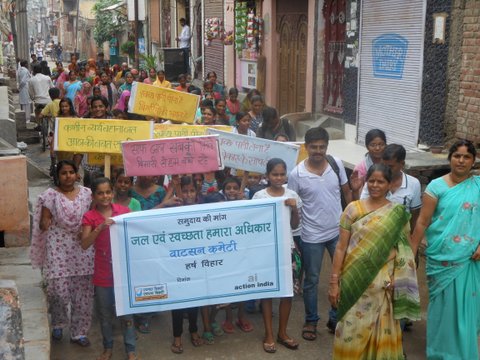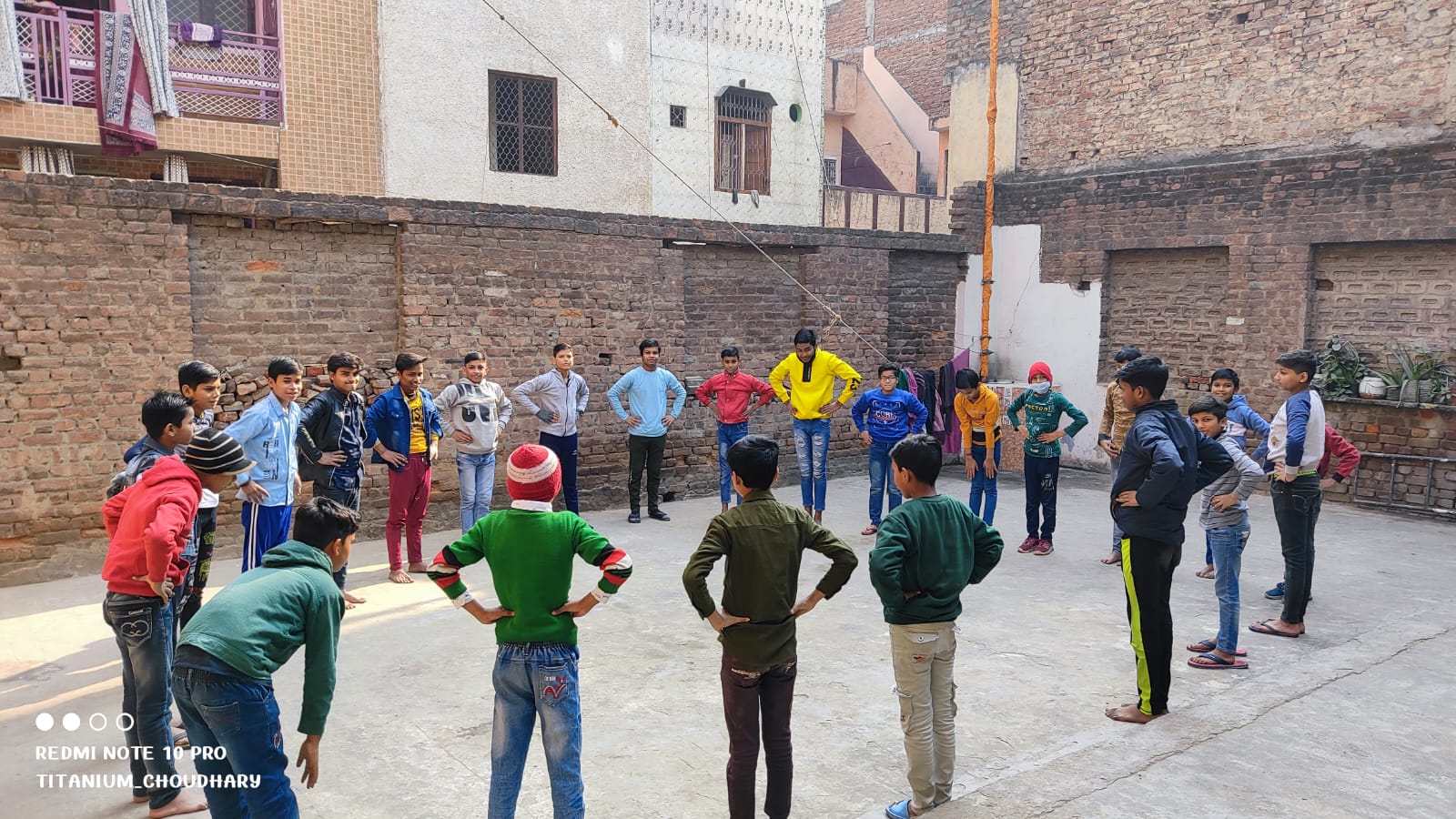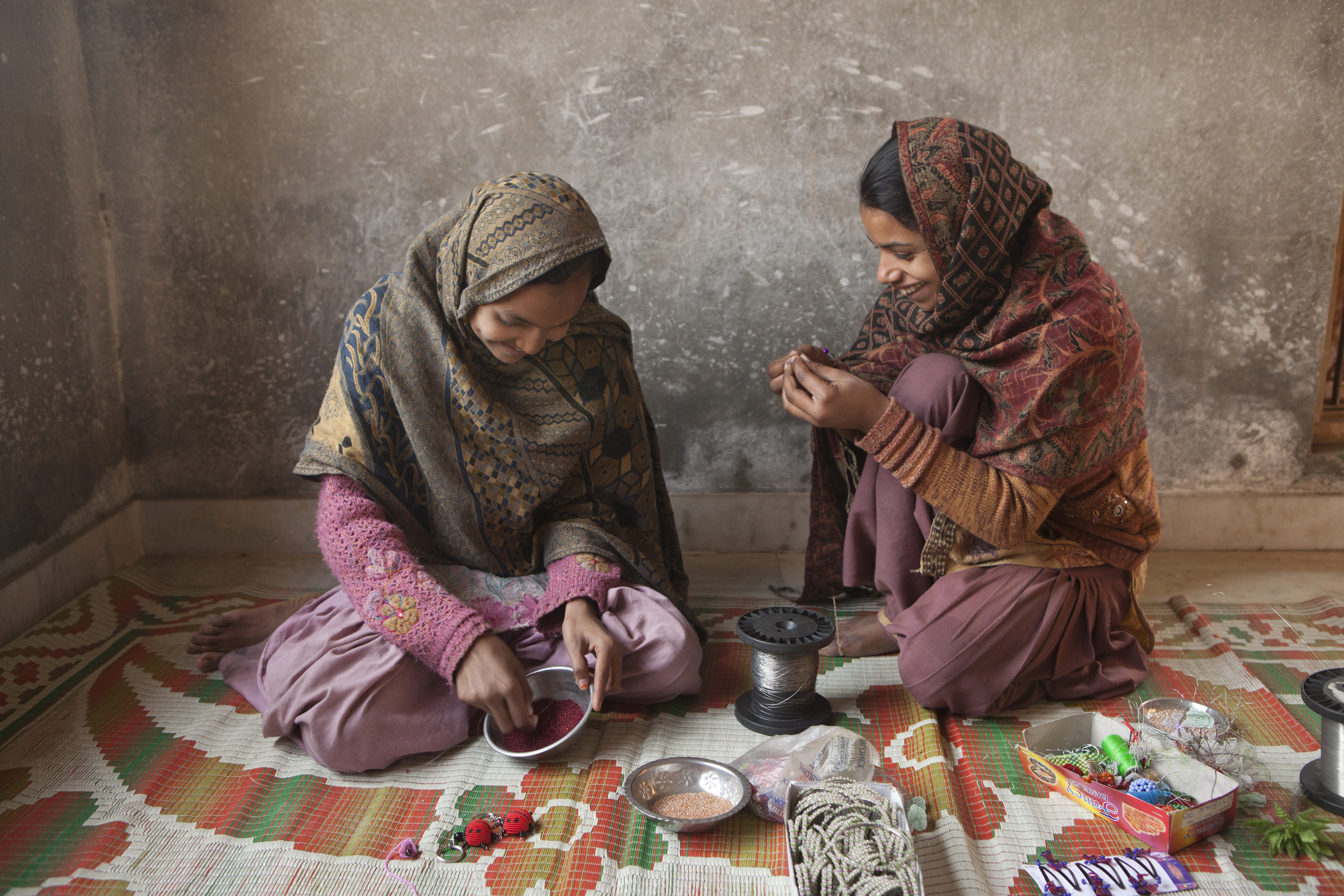
Self-Help Groups
During the period 1995-2001, Action India was able to successfully form 175 SHGs in Northeast, Northwest and South Delhi, with over 1700 women members.
For the first time, in the year 2000, Action India extended its work to Hapur district – a predominantly rural area in Uttar Pradesh. A network of SHGs was the entry point to our rural intervention combined with a campaign for enrolling children in schools. We focused on child labour with the message that every child not in school is child labour. We were able to cover a total of 38 villages in Hapur.
Sabla Mahasangh
Sabla Mahasangh, a federation of 200 SHGs was formed to act as a pressure group promoting small and marginal women farmers, food security and sustainable livelihood through creating bank linkages for enterprise development. We have now begun to strengthen women’s leadership in the Panchayati Raj Institutions. The two issues that were raised repeatedly in Sabla Mahasangh include alcoholism and gender-based violence. The leaders of Sabla Mahasangh met Senior District Officers and handed a memorandum supporting the 2557 signatures collected against alcoholism.
Micro Credit
A saving and credit programme was initiated with women from the vulnerable section of the society. The basis of group formation was not just based on an understanding of thrift and its utility. Instead, the focus was to understand the relevance of savings from a gender and class perspective, understanding the ways in which the banks and committees operate ignoring and often exploiting the most vulnerable. Realisation of the limitations of these formal and informal systems, coupled with the burden of household debt and their exploitation by the money lender has enabled the SHG members to realise the significance of having money in their own names, and ensuring its security through the collective.
First phase of this programme started with internal loans at 2% interest that provided relief from past debt and the money lender. Loans were taken for other needs like daughter’s education, repairing the roof, ill health were helpful since consumption loans were not available for the poor.
